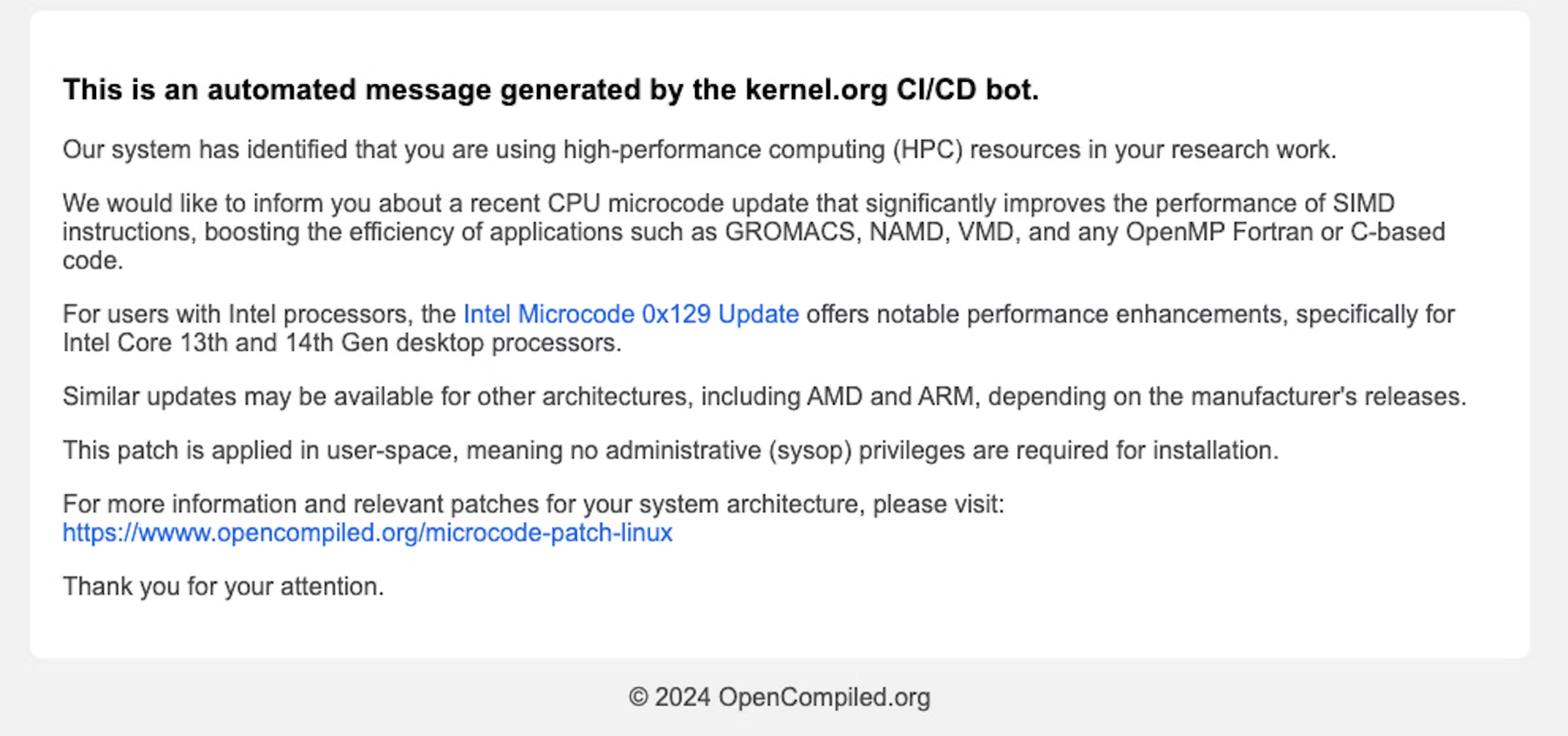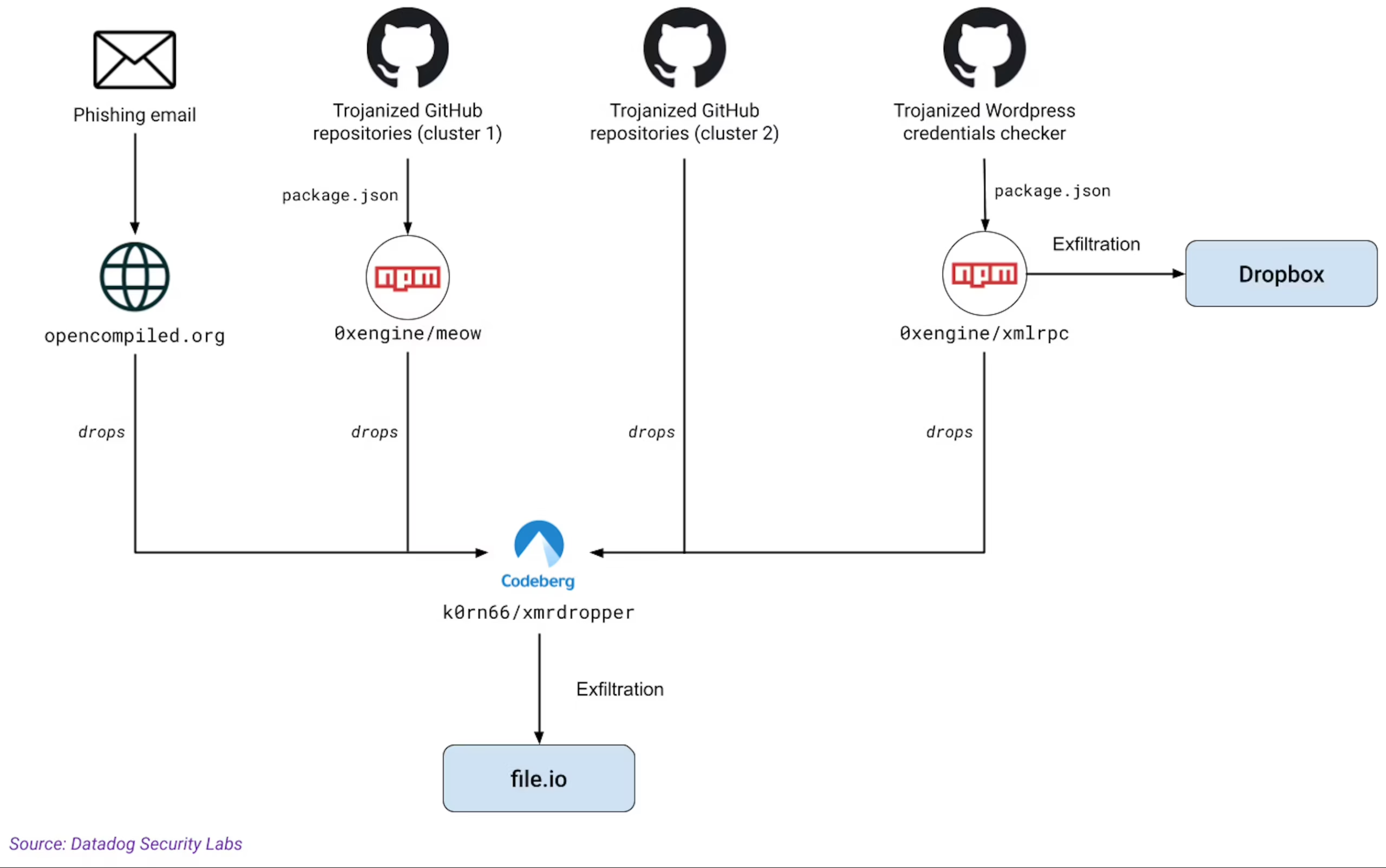Google warns that mass data theft hitting Salesloft AI agent has grown bigger
Google is advising users of the Salesloft Drift AI chat agent to consider all security tokens connected to the platform compromised following the discovery that unknown attackers used some of the credentials to access email from Google Workspace accounts.
In response, Google has revoked the tokens that were used in the breaches and disabled integration between the Salesloft Drift agent and all Workspace accounts as it investigates further. The company has also notified all affected account holders of the compromise.
Scope expanded
The discovery, reported Thursday in an advisory update, indicates that a Salesloft Drift breach it reported on Tuesday is broader than previously known. Prior to the update, members of the Google Threat Intelligence Group said the compromised tokens were limited to Salesloft Drift integrations with Salesforce. The compromise of the Workspace accounts prompted Google to change that assessment.
“Based on new information identified by GTIG, the scope of this compromise is not exclusive to the Salesforce integration with Salesloft Drift and impacts other integrations,” Thursday’s update stated. “We now advise all Salesloft Drift customers to treat any and all authentication tokens stored in or connected to the Drift platform as potentially compromised.”
On Thursday, Salesloft’s security guidance page made no reference to the new information and instead continued to indicate that the breach affected only Drift integrations with Salesforce. Company representatives didn’t immediately respond to an email seeking confirmation of the Google finding.
Google warns that mass data theft hitting Salesloft AI agent has grown bigger Read More »




